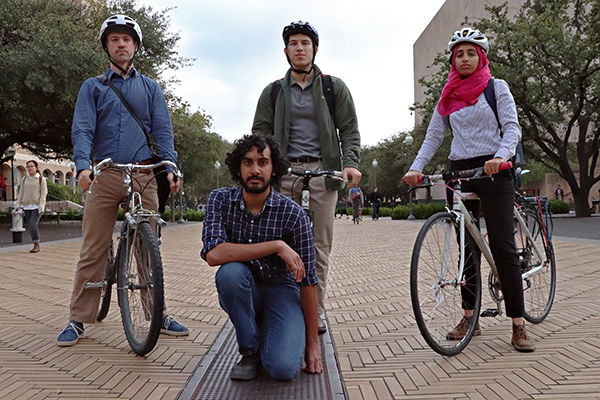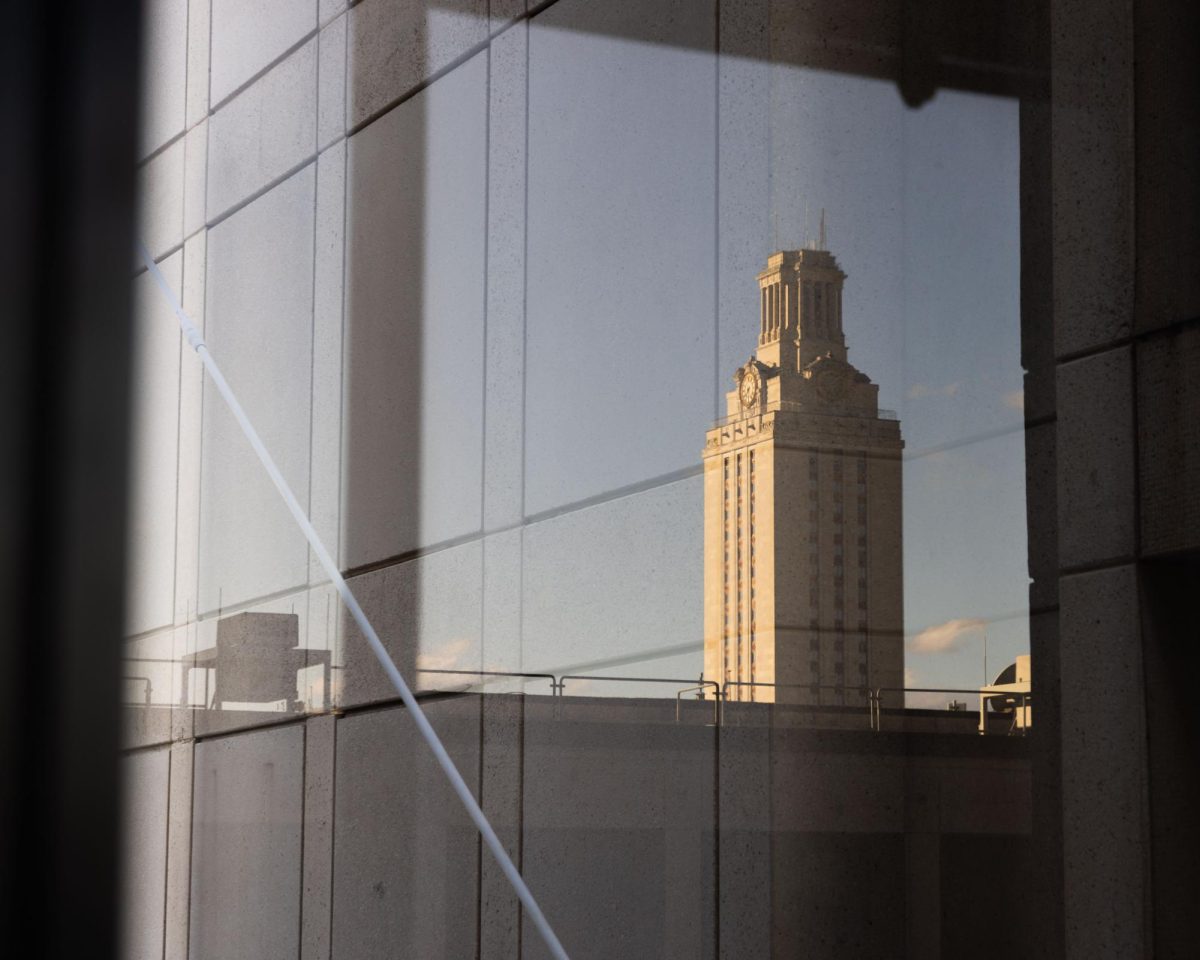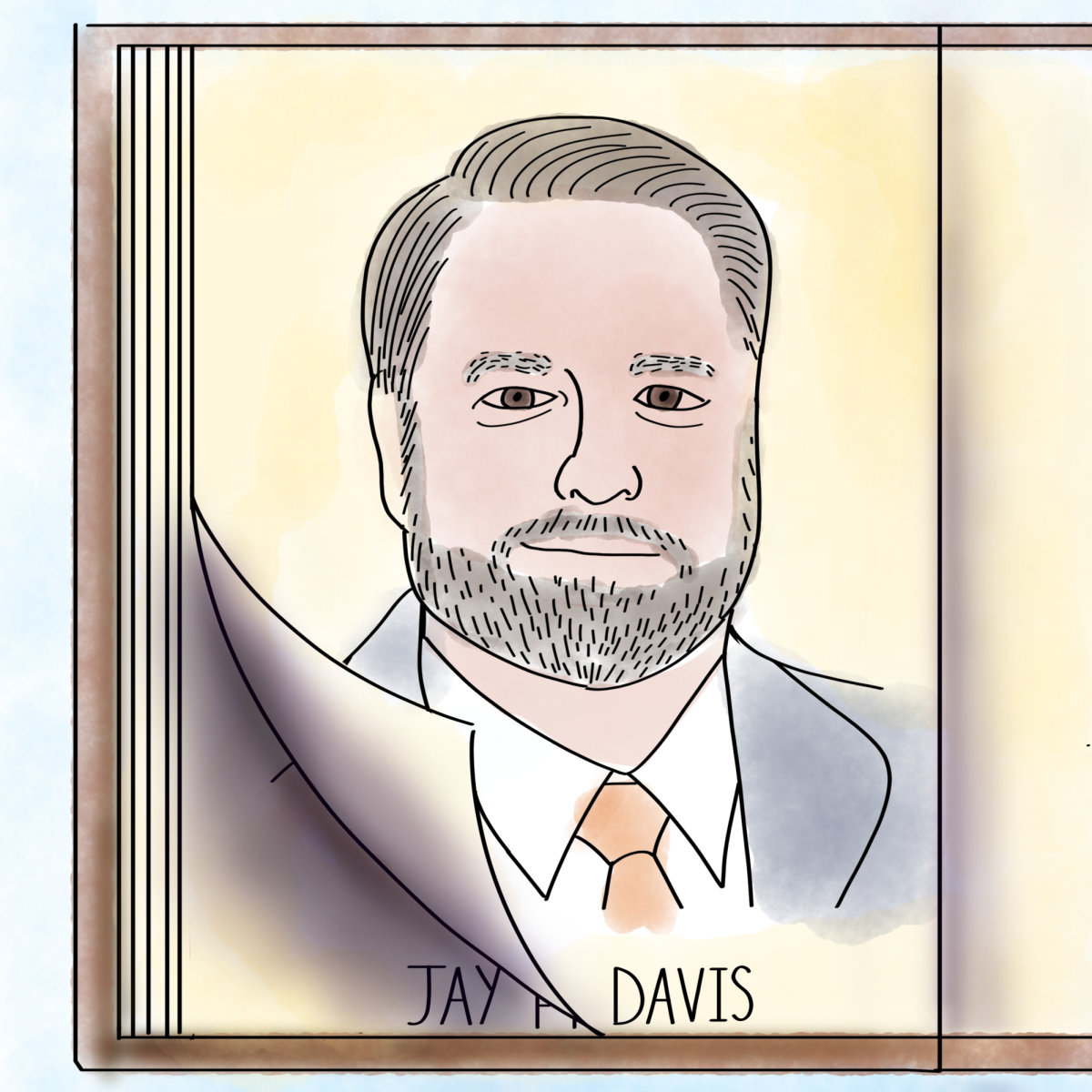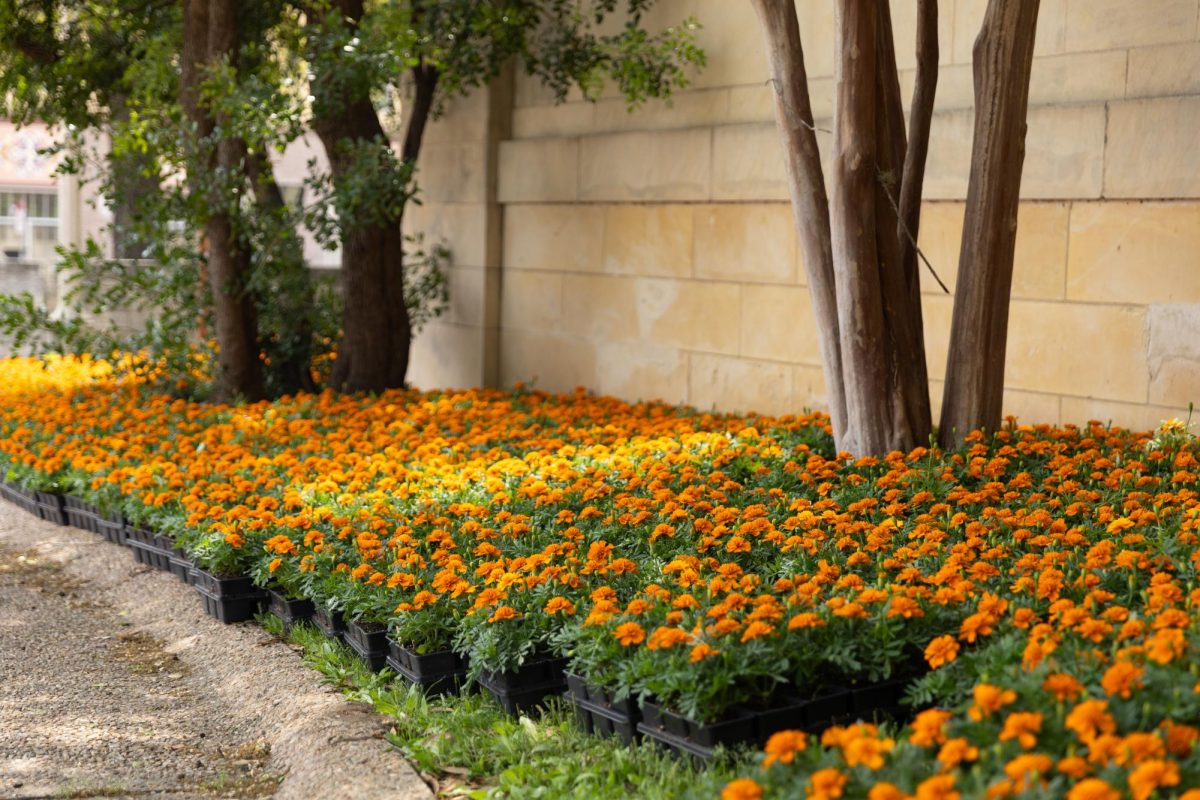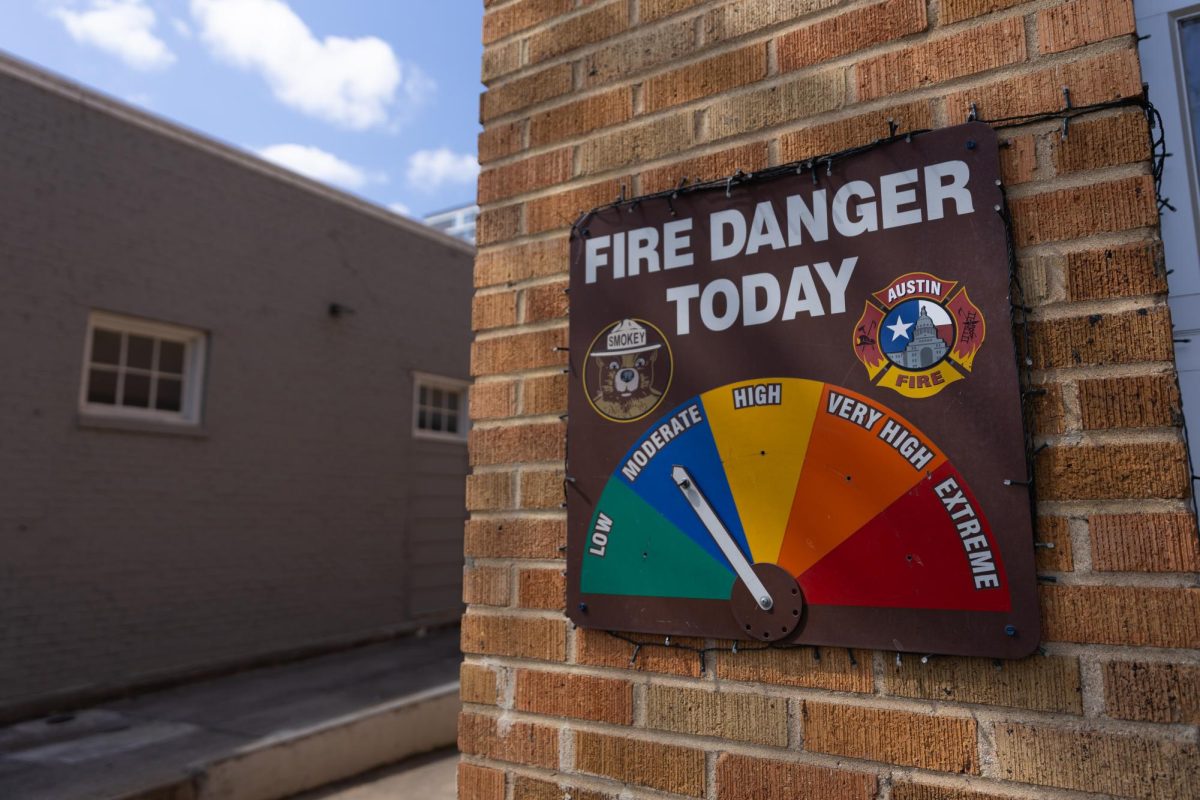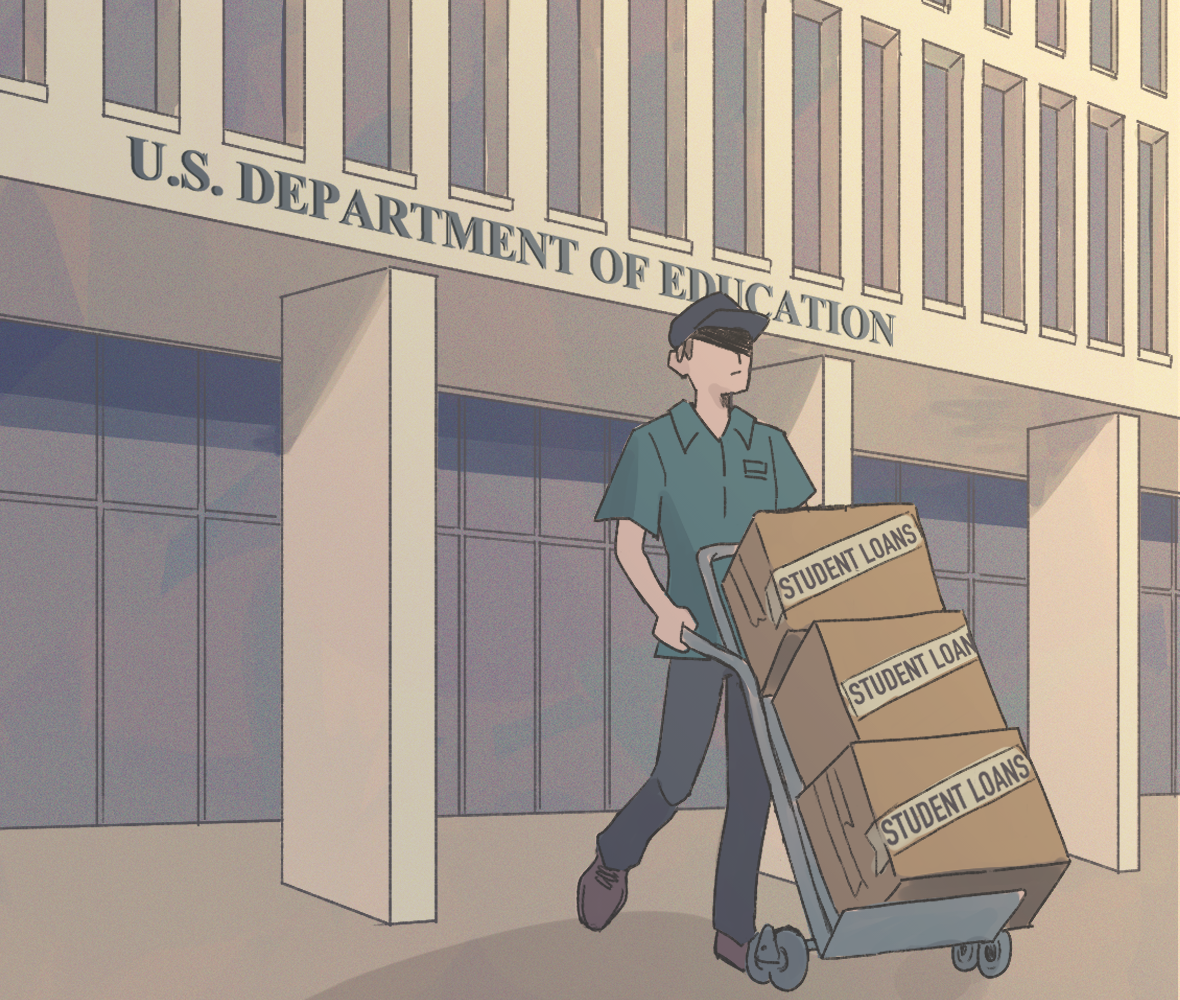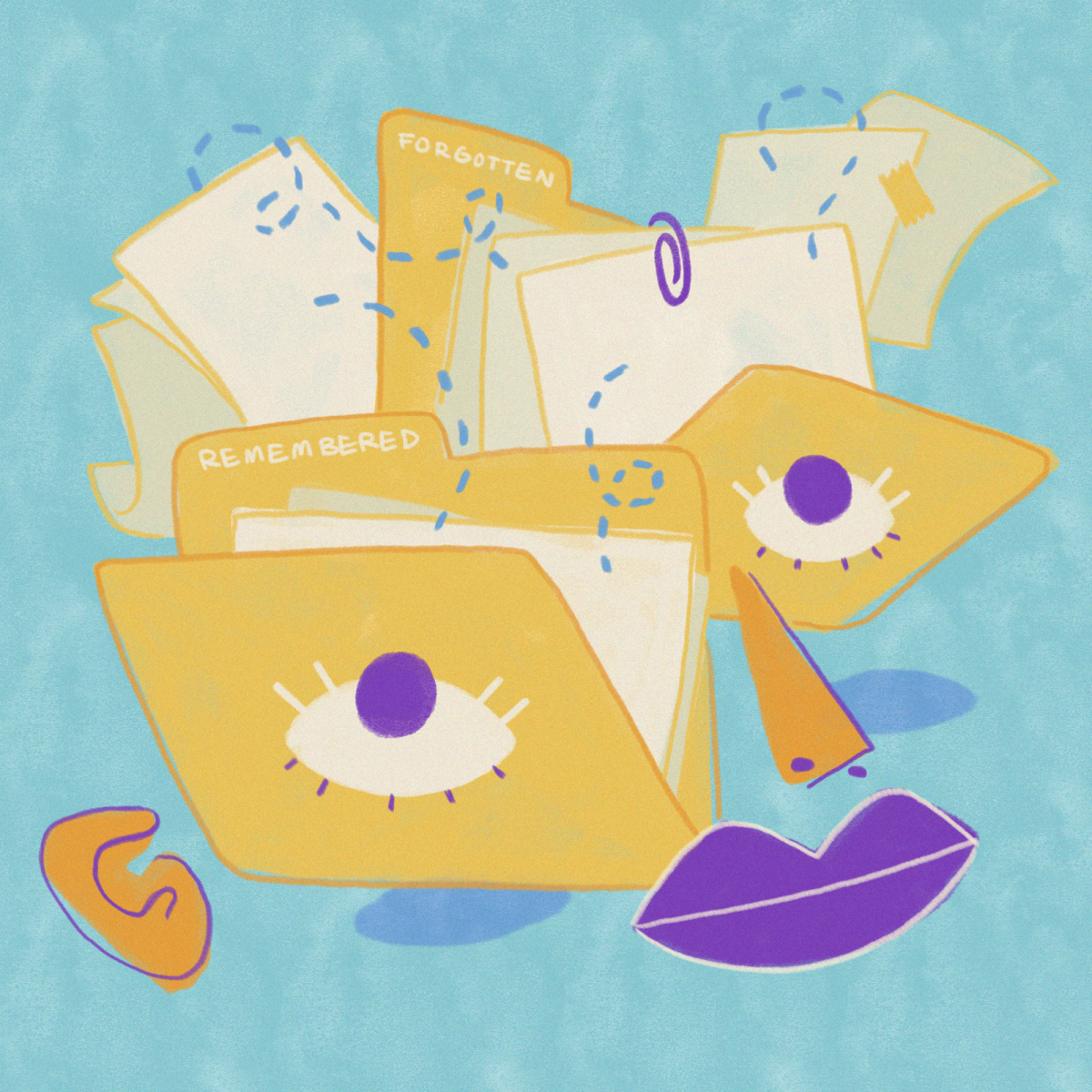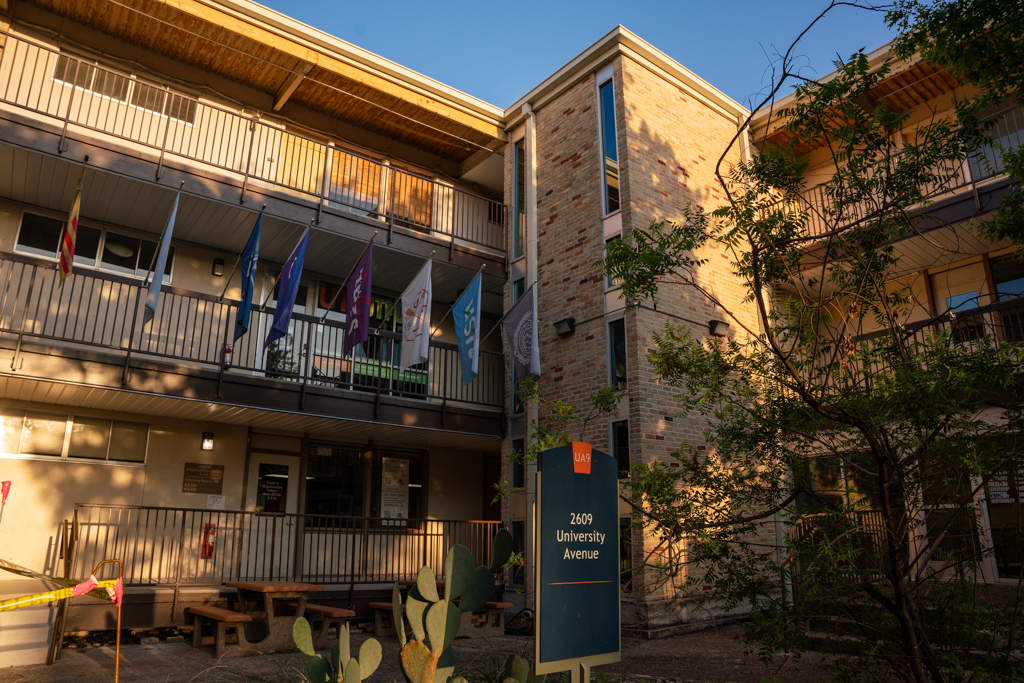Thousands of students walk, bike and ride scooters along Speedway Mall to travel across campus during passing periods.
“It’s unsafe, maybe even chaotic,” said Ricardo Bowers, director of Orange Bike Project. “I see people biking that are weaving in and out of pedestrians and now scooters are doing the same thing. It seems like it’s an accident waiting to happen.”
Four students from the Orange Bike Project, a bike shop located in the 27th Street Parking Garage, and Campus Bike Alliance created a proposal to combat this traffic by adding bike lanes to Speedway Mall. Their proposal won Student Government’s Improve UT Challenge last Saturday and will now undergo further planning and discussion with SG and University officials, Bowers said.
“We proposed plastic separations or plastic bollards that would separate the bikes from the people,” mechanical engineering junior Bowers said. “The breakdown of the cost ended up being a little over $5,000, which is pretty standard for the city of Austin’s cost per mile for bike lanes.”
James Lentz, president of the Campus Bike Alliance, said he has worked on the proposal for more than a year and submitted it for the Improve UT contest to help it gain traction.
“I thought this would be more of a way to call attention to the fact that this is something that students want,” civil engineering senior Lentz said. “I’m very happy that we won because this means we have more resources to make it happen now.”
While other, less crowded streets around campus have bike lanes, Lentz said the location of Speedway and lack of cars make it ideal for cyclists.
“Speedway is in the middle of campus,” Lentz said. “Most classes that I have are on Speedway or just off of it, so it makes sense to make Speedway able to accommodate bikes and scooters a little more effectively.”
Bobby Stone, director of Parking and Transportation Services, said in an email possible bike lanes were discussed prior to the renovation of Speedway Mall.
“Bike consultants working with the landscape architectural firm decided there was no way to safely provide bike lanes considering there are thousands of students, staff, faculty and visitors walking across the mall at various points along the length of the area,” Stone said. “Many of the initial discussions surrounding Speedway centered on whether to allow bicycles at all.”
Because Speedway Mall intersects three pedestrian pathways, Stone said the addition of bike lanes would make the road less safe for pedestrians.
“Students and others randomly cross Speedway, often looking at their devices or talking with friends,” Stone said. “It is not realistic to expect that they will pay close attention to cyclists. With no dedicated bike lane, riders must adjust their speed to the pedestrian density as planned.”
However, Lentz said many pedestrians he spoke with are supportive of the effort.
“The people who probably were the most enthusiastic about it were the pedestrians,” Lentz said. “I think there’s frustration on all sides when it is crowded, and I think that’s part of the reason adding bike lanes would benefit everyone.”
Bowers said he hopes the proposal opens a greater discussion of safety on campus.
“The conversation about bike safety and pedestrian safety is ongoing,” Bowers said. “We don’t want this to be the final solution. This is just the beginning.”

